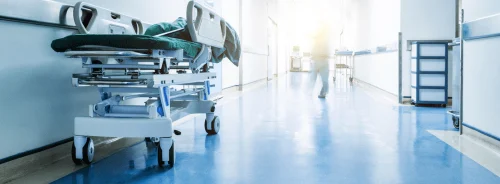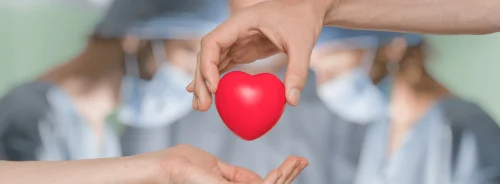In healthcare, a quiet revolution is reshaping how we think about innovation. This change isn’t originating from elite research labs or corporate boardrooms but from the streets, homes, and communities where necessity sparks creativity. By placing the needs of the most vulnerable at the forefront of healthcare innovation, we unlock a wave of creativity that addresses equity and transforms healthcare for everyone. Trickle-up innovation, driven by the needs of low-access populations, can revolutionise healthcare delivery, making it more accessible, empathetic, and effective.
Trickle-Up Innovation: A New Approach to Healthcare
For decades, healthcare innovation has followed a top-down model, where advanced treatments and technologies developed in elite institutions slowly trickle down to the general population. While this model has led to significant advancements, it has also left many segments of society underserved. Flipping this model on its head—by focusing innovation on the needs of the most vulnerable—can lead to solutions that benefit all.
Trickle-up innovation is about addressing the most challenging constraints, which forces healthcare designers to think creatively and focus on the fundamental aspects of care. A prime example of this approach is the “curb-cut effect,” where solutions initially designed to help a specific group, such as sidewalk ramps for people with disabilities, end up benefiting everyone. Similarly, healthcare innovations that begin with the needs of low-access populations often evolve into solutions that improve care for all. For instance, telemedicine platforms initially created for rural areas with limited access to specialists have proven equally valuable in urban centres where time constraints and transportation issues are common.
Bridging Gaps in Care Equity
By prioritising the needs of underserved communities, trickle-up innovation addresses care inequities and opens up new possibilities for healthcare delivery. Consider the development of ridesharing programmes initially designed to help seniors and patients without cars reach clinics. These programmes have since evolved to solve parking congestion and even offer luxury amenities for executive health programmes. Similarly, telemedicine services, once a lifeline for remote patients, are now a convenience that improves patient care across all income levels.
Community health partnerships also exemplify this approach. Cityblock, for example, provides over-the-phone assistance to patients in crisis, offering not just medical guidance but also empathy and support. Additionally, AI-powered tools like those developed by the UnBIASED team are helping healthcare providers recognise and mitigate bias in real time, ensuring more equitable and compassionate care for all patients. These innovations demonstrate how solutions born from the needs of the most vulnerable can have far-reaching impacts, improving healthcare experiences across diverse populations.
Reimagining Care Delivery
Trickle-up innovation also invites us to rethink where and how healthcare is delivered. Imagine a world where healthcare isn’t confined to sterile clinics but is integrated into communities' daily lives. In Chicago’s South Side, the Black Barbershop Health Outreach Program exemplifies this vision by transforming local barbershops into health hubs where patrons can receive both a haircut and a blood pressure check. This approach not only enhances access to care but also reimagines the healthcare experience by meeting people in familiar, trusted spaces.
Another emerging model is the concept of a “healthplace,” a vibrant community centre emphasising education and preventive health. These healthplaces host workshops, offer access to fresh produce, and create partnerships with wellness vendors, providing a holistic approach to well-being. Mental health services can also be seamlessly integrated into underserved communities through programmes like “hotline alcoves,” which offer safe, private spaces for youth to connect with mental health professionals. These innovations illustrate a shift in healthcare delivery that prioritises accessibility, community engagement, and preventive care.
Conclusion
The future of healthcare lies in reimagining the care environment, starting with those who need it most. Trickle-up innovation challenges us to see constraints as opportunities and to develop solutions that are both simple and powerful. By focusing on the needs of the most vulnerable, we can create healthcare systems that are more equitable and effective for everyone. This paradigm shift in healthcare innovation is not just about high-tech gadgets or breakthrough drugs—it’s about transforming the entire spectrum of care, making it more accessible, empathetic, and community-centred. As we continue to innovate, let’s ensure that the voices of the most vulnerable are at the heart of our efforts, driving change that benefits all.
Source: MedCityNews
Image Credit: iStock






